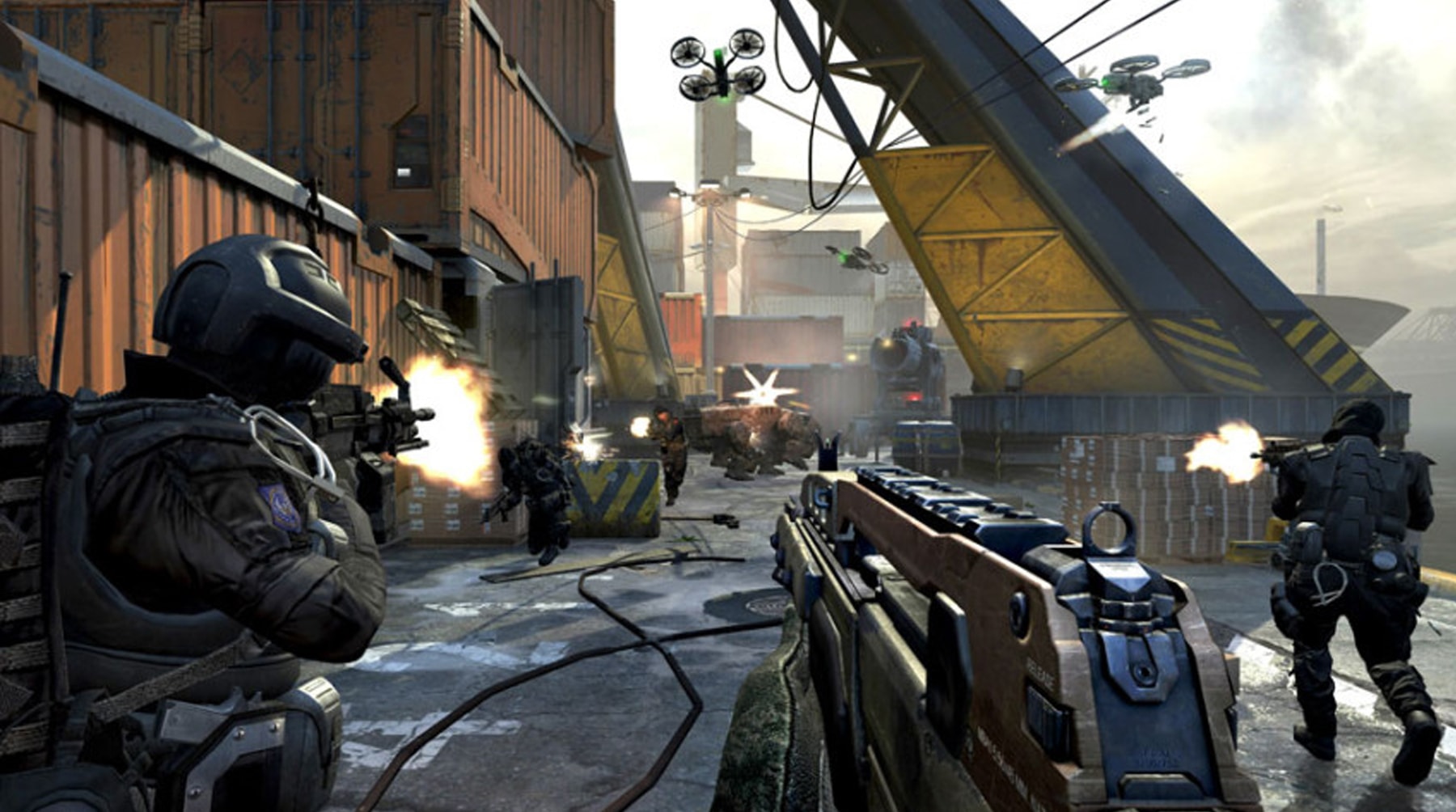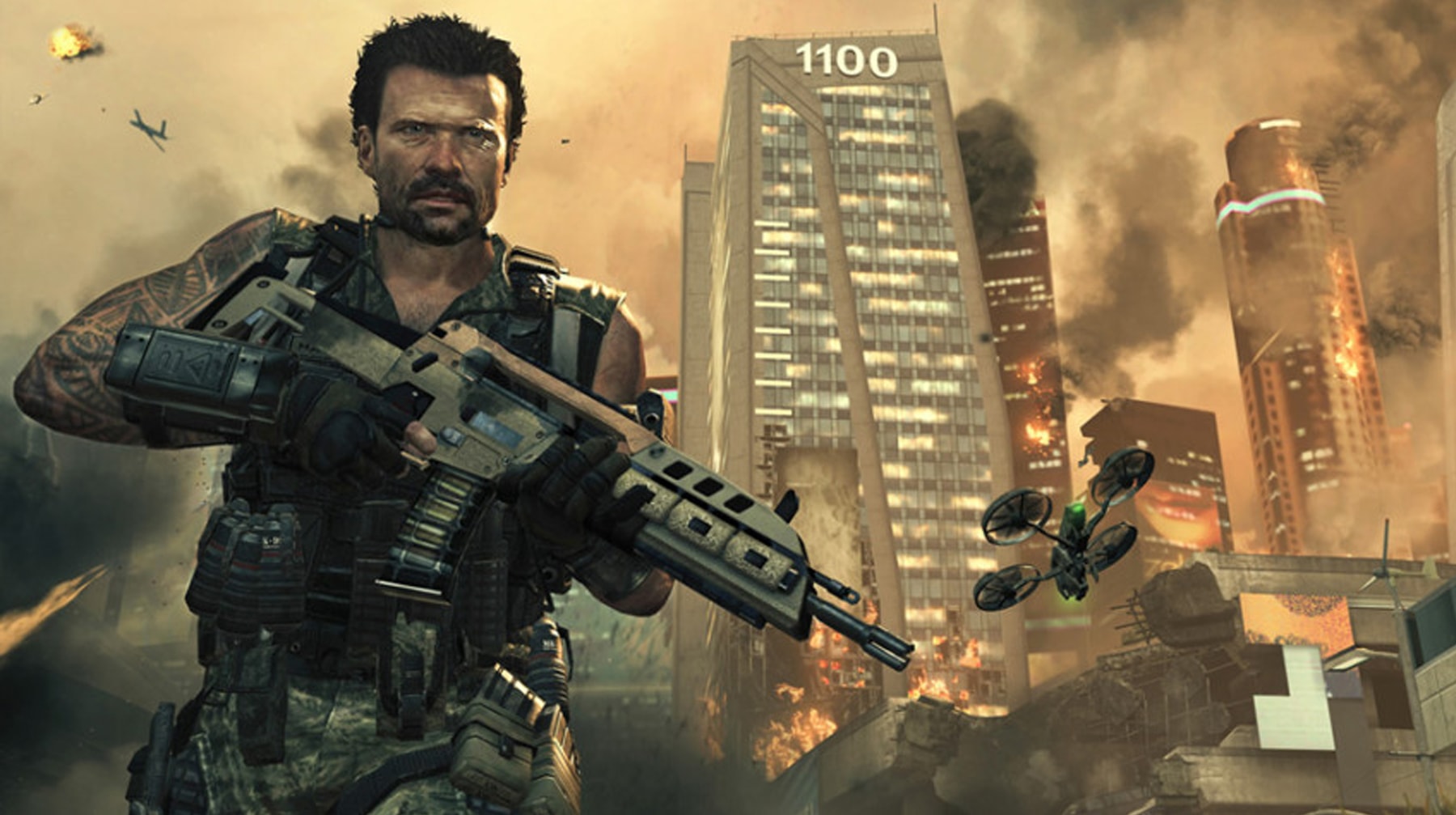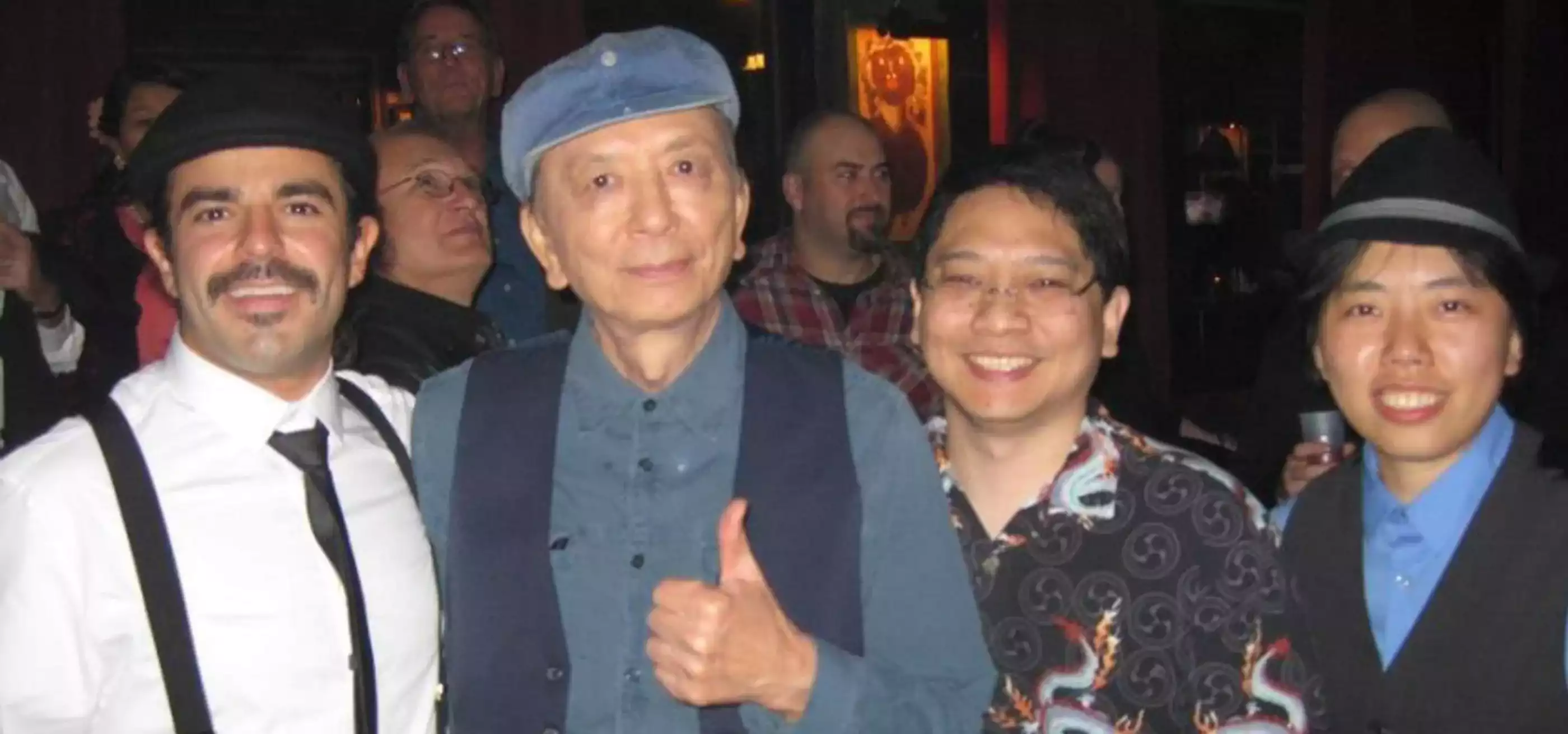Joanna Leung is a 2010 DigiPen graduate and a level scripter at Treyarch Studios in Santa Monica, California.
After completing a two-month internship at Treyarch the summer before her final year of the RTIS program, Leung graduated and joined Treyarch as a full-time employee. Leung worked on finishing touches for Call of Duty: Black Ops before working on its best-selling sequel, Call of Duty: Black Ops II.
During the course of these projects, Leung programmed an improved system for scripting animations, which was adopted company-wide for level design. In 2012, she was nominated for the “Rising Star Award,” part of an annual event at the Game Developers Conference celebrating women in the game industry and hosted by Microsoft.
We recently spoke with Leung about her work and education.

Q: Can you tell us a little bit about what a level scripter does?
At Treyarch, there are two types of level designers: builders and scripters. The builders create the flow and the environment of the level. The scripters will then use that to implement all the necessary components for the gameplay, like A.I., vehicles, animations, FX, sound, etc. Together, a builder and a scripter will work to bring the level to life. Despite each of them having separate jobs for the level, both are responsible to make sure it is fun.
As a scripter, we use a proprietary level editor (Radiant) and scripting language (GSC).
Q: What types of design considerations do you have to keep in mind when scripting a level? Is it all about creating a kind of roller coaster experience with a bunch of frantic drops or is there room for subtlety as well?
It’s both. Call of Duty is known for its roller coaster experiences and epic, cinematic moments. Therefore, we try to deliver these really cool set pieces and action-packed sequences. However, if that is all we give to the player, they will be numb within a couple of levels into the game. We want the player to be entertained for hours, so we try to pace these set pieces and sequences. For example, if we just gave the player an explosive action-packed sequence, we will usually slow the action down to practically nothing afterwards to let the player soak in what just happened. It gives the player a chance to catch their breath and collect themselves.
Design is an iterative process, and it can come from anyone in the studio.”
As designers, we play our sections every day. Therefore, we tend to analyze every aspect of the section with a fine-toothed comb, which leads us to adding a lot of details in many areas, both visually and in gameplay. Sometimes we can overdo these details and cause the player to deviate from the main objective, which leads to user feedback. If that is the case, we will gather information based on the Q&A and the playtest videos to figure out what is the issue.

Q: What kinds of blocks or challenges do you often face as a level scripter, and how do you try to overcome them?
As designers, in general, we always strive to give the players a new experience. Since something is new, it is always a challenge to figure out what makes it fun. Luckily, design is never an individual task. Design is an iterative process, and it can come from anyone in the studio. Therefore, we use a lot of peers to help us test our designs. Most of the time it is other designers, but every now and then we’ll pull some coders, artists, producers, and others to take a look with a fresh pair of eyes.
Q: What is your favorite level or level sequence in Black Ops II and why?
I had a lot of favorites in Black Ops II, but the two sections that I was most proud of are the ending of “Fallen Angel” and the first half of “Time and Fate.” Both of these levels pushed me as a designer.
The assignments that you will be working on throughout your DigiPen career are going to make your portfolio amazing.”
In the first half of “Time and Fate,” the player plays as Menendez. To not spoil the story, the main objective here is to get Menendez back to his house as quickly as possible. It was very important for us to convey his emotional experience as he journeys through his village and back to his house. I worked closely with several artists to bring that visual emotion to life while trying to figure out how to convey the heightened rage that he currently has through gameplay. It was a challenge. It took us much iteration before we got something that felt like what he was experiencing, while at the same time, being fun and delivering a unique experience for the player. We tweaked several attributes of the player to make Menendez feel faster and more powerful because of the adrenaline that is going through his body. This section was called out on a number of different occasions as one of the more memorable moments in the game.
Q: How did your education at DigiPen prepare you for what you are doing professionally?
I think DigiPen fundamentally prepared me for the game industry. I still apply what I have learned there to my everyday work; both the technical and non-technical lessons were extremely important. One of the first things that I learned in my first game class, which I still hold dear to my heart, is to “check your ego at the door.” It wasn’t said only to me, but to everyone in the classroom, because as freshmen, we had really naïve perceptions of what we understood about creating games and what it is like to work at a game company. This was taught by Christopher Erhardt. He worked in the industry for many years and had much great wisdom to share. These are the kinds of lessons that you can’t learn from a textbook. It is something that is passed along from people within the industry and through hands-on experience. That is what DigiPen excels at providing.
The assignments that you will be working on throughout your DigiPen career are going to make your portfolio amazing. There are going to be times when some of those assignments seems pointless or irrelevant to what you think you are going to be doing in the industry. However, I’m surprised at how many of my friends who graduated from DigiPen tell me, “You remember that thing we learned in that class that we thought we’d never have to use? Well, I use it for X to make Y work, so I can solve this problem.” There was a lot of amazing talent at DigiPen and it inspired me to never give up on my dreams of being a game developer. I just kept trying and trying again until I got it. In some ways that is what I have to do at work every day.
